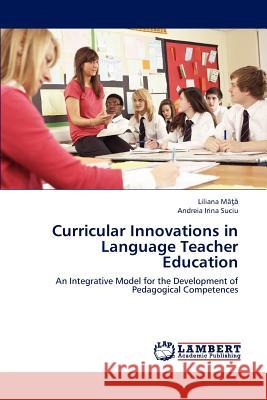Curricular Innovations in Language Teacher Education » książka
Curricular Innovations in Language Teacher Education
ISBN-13: 9783843368841 / Angielski / Miękka / 2012 / 164 str.
The book focuses on identifying the possibilities of curriculum innovation for the development of language teachers' pedagogical competenc(i)es and proposing a model for teaching languages from this perspective. The analysis starts from a series of problematic aspects encountered in the field of language teachers training and attempts to provide solutions for such aspects by proposing some scales, hierarchies and models whose application would lead to an efficient act of education in teaching languages. In this undertaking of analyzing the implementation of innovation in teaching languages it became clear that a more pragmatic approach to innovation implementation was necessary. The declared objective of any model of education has now to be judged in terms of relevance, feasibility, compatibility with the ultimate goal of achieving efficiency. Therefore, the results of education have to be measured in terms of employability, level of training of future graduates and ratio of labour market insertion. This book is published with the financial support provided by the Executive Unit for Financing Higher Education, Research, Development and Innovation (Grant TE 282, No. 58, "INOVACOM").
The book focuses on identifying the possibilities of curriculum innovation for the development of language teachers pedagogical competenc(i)es and proposing a model for teaching languages from this perspective. The analysis starts from a series of problematic aspects encountered in the field of language teachers training and attempts to provide solutions for such aspects by proposing some scales, hierarchies and models whose application would lead to an efficient act of education in teaching languages. In this undertaking of analyzing the implementation of innovation in teaching languages it became clear that a more pragmatic approach to innovation implementation was necessary. The declared objective of any model of education has now to be judged in terms of relevance, feasibility, compatibility with the ultimate goal of achieving efficiency. Therefore, the results of education have to be measured in terms of employability, level of training of future graduates and ratio of labour market insertion. This book is published with the financial support provided by the Executive Unit for Financing Higher Education, Research, Development and Innovation (Grant TE 282, No. 58, "INOVACOM").











